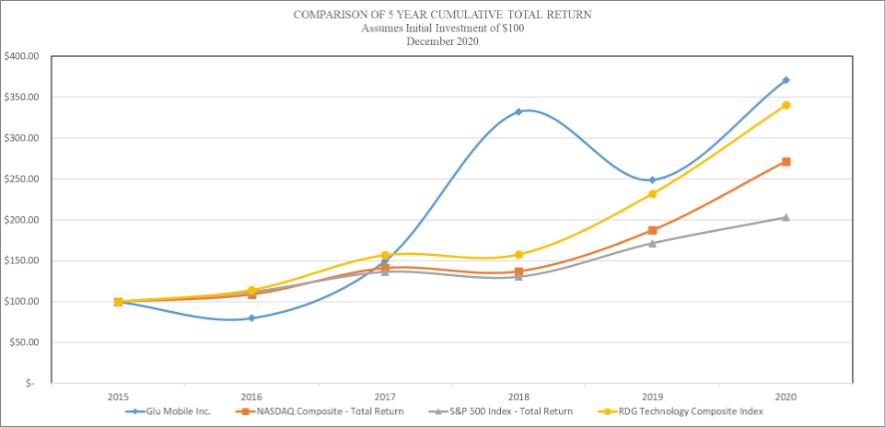Free signup for more
- Track your favorite companies
- Receive email alerts for new filings
- Personalized dashboard of news and more
- Access all data and search results
Content analysis
?| Positive | ||
| Negative | ||
| Uncertain | ||
| Constraining | ||
| Legalese | ||
| Litigious | ||
| Readability |
H.S. junior Good
|
|
New words:
ABPDAU, aesthetic, ample, antidilutive, AppLovin, Austria, aware, bad, belonging, candidate, Catered, Choice, circumstance, circumvent, CODM, Commuter, complimentary, consummate, consummated, CPI, Crazy, creation, customizable, deferral, demographic, dental, deprecate, diligence, dining, disseminated, downturn, driven, drop, economist, elevate, encourage, enjoy, enrich, ethnicity, facilitate, facilitating, family, flexible, food, foregoing, gender, hair, happy, hypercasual, IDFA, immersive, impression, incident, input, Inspired, intensifying, interview, isolation, job, mainland, Makeover, MBA, medical, mental, mentorship, occasionally, outbreak, outline, Oy, pandemic, paper, parking, PC, pendency, pool, precluding, Redecor, refrain, reimbursement, remote, Retirement, reverted, robust, RPG, scene, School, seventeen, shape, shelter, shortening, spirit, Spring, steering, Stillfront, strain, strive, tailored, task, Taste, tenure, thrive, TikTok, tool, tuition, Udemy, underwriting, vaccine, Waco, waiting, Wharton, workplace, yoga, yrs
Removed:
abandonment, affiliated, Alive, annually, APLA, assembled, asserted, assigned, assignment, assimilate, blood, carrier, carryforward, clarify, classic, Commando, commenced, confidentiality, cooperation, correct, Dairy, deciding, delivery, DeNA, depriving, Destiny, discontinued, divested, DoubleDown, eliminate, enactment, erroneously, Eternity, explore, feasible, fix, forma, Frontline, Furiosa, Gamevil, Glory, GMRL, GREE, Gun, GungHo, historic, hunting, identification, indefinite, individually, informational, Intel, irrevocable, ISO, jurisdictional, Kendall, Killer, Kylie, Lava, lieu, limitation, Machine, maker, MGL, Ministry, Netease, Nexon, Nintendo, NSO, obscene, participant, partnership, PCT, penalty, periodic, Plain, portrayal, preceding, preliminary, premium, prevailing, pro, profit, prudent, QuizUp, refinement, removed, replacement, requirement, residual, Saber, SPA, stem, Storm, tangible, thick, transitional, Treaty, TSA, UK, Vanilla, vested, Vevo, violent, weighing, winding, Winterfell, Zone
Filing tables
Filing exhibits
Related press release
GLUU similar filings
Filing view
External links
